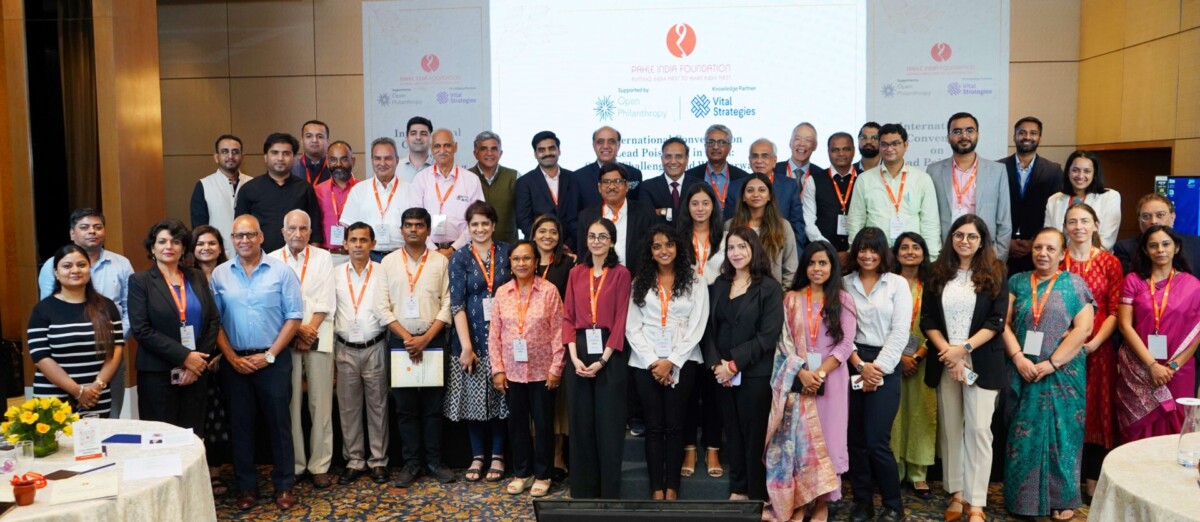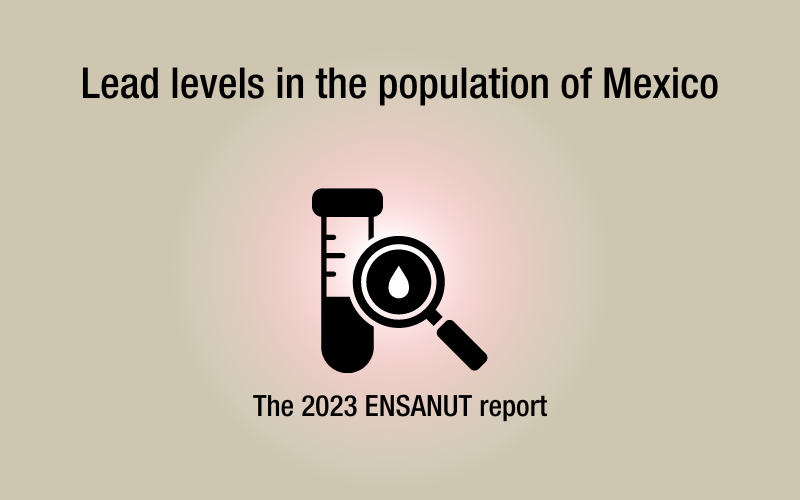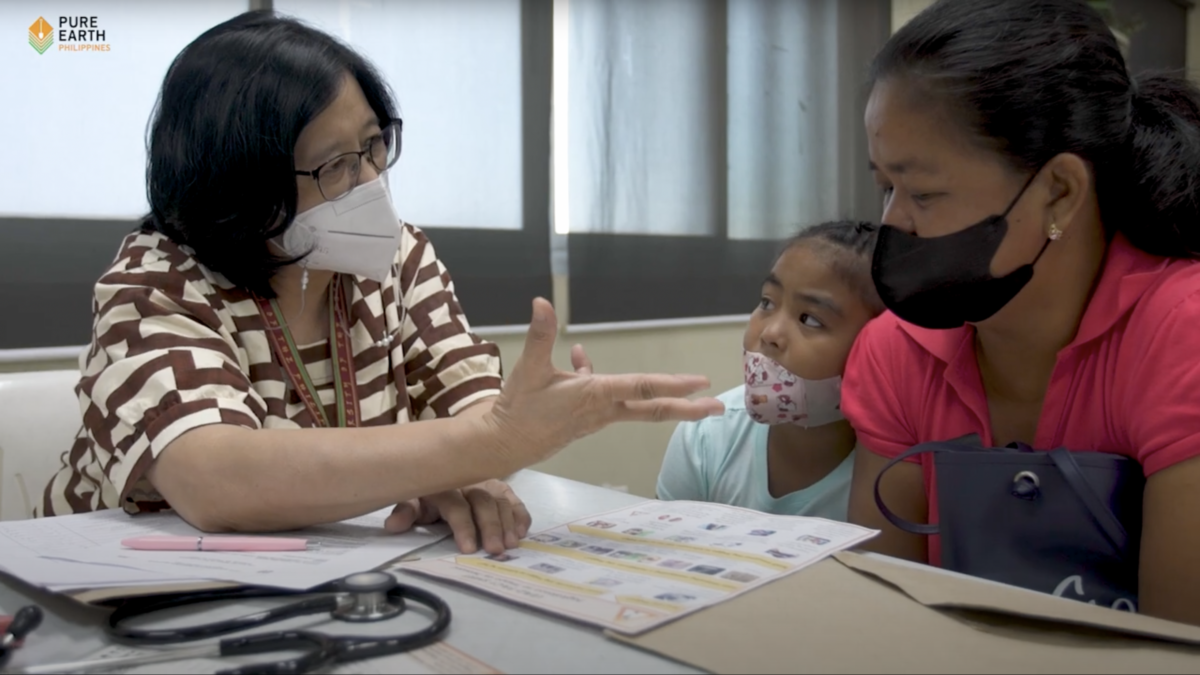Toxic Waste Sites Cause ‘Healthy Years of Life Lost’ for People Living in India, Philippines and Indonesia
NEW YORK — May 4, 2013 /Press Release/ — Toxic waste sites with elevated levels of lead and chromium cause a high number of “healthy years of life lost” in individuals living near 373 sites located in India, Philippines and Indonesia, according to a study published in Environmental Health Perspectives. The study titled, “The Burden of Disease from Toxic Waste Sites in India, Indonesia, and the Philippines in 2010,” was a joint research partnership between Mount Sinai and the Blacksmith Institute.
The study leader, Kevin Chatham-Stephens, MD, Pediatric Environmental Health Fellow at the Icahn School of Medicine at Mount Sinai, presented the findings today at the Pediatric Academic Societies (PAS) annual meeting in Washington, DC. “Lead and hexavalent chromium proved to be the most toxic chemicals and caused the majority of disease, disability and mortality among the individuals living near the sites,” said Dr. Chatham-Stephens, first author.
Eight chemicals were sampled and collected at the toxic waste sites in 2010. The samples were then measured for pollutant levels in the soil and water and then compared with the 8,629,750 individuals who were at risk of exposure around these sites in order to calculate the loss of years of equivalent full health.
Researchers calculated healthy years of life lost due to ill-health, disability or early death, in disability-adjusted life years (DALY), a measure of overall disease burden used by the World Health Organization. One DALY represents the loss of one year of equivalent full health. In this study, the total number of lost years of full health or DALYs was 828,722. In comparison, malaria in the same countries caused 725,000 lost years of full health, and outdoor air pollution caused 1.4 million lost years of full health in 2008, according to Dr. Chatham-Stephens.
“The number of DALYs estimated in our study potentially places toxic waste sites on par with other major public health issues such as malaria and outdoor air pollution which are also causing a high number of healthy years of life lost,” said Dr. Chatham-Stephens.
“This study highlights a major and previously under-recognized global health problem in lower and middle income countries,” said Philip Landrigan, MD, MSc, Dean for Global Health at the Icahn School of Medicine at Mount Sinai and one of the authors of the study. “The next step is targeting interventions such as cleaning up the sites and minimizing the exposure of humans in each of these countries where toxic chemicals are greatly present.”
Additionally, children and women of child-bearing age made up two-thirds of the population in the study. “If a woman is pregnant, the fetus may be exposed to these toxic chemicals,” said Dr. Chatham-Stephens. “This data is relevant because the prenatal to early childhood period is the time when individuals are very vulnerable to some toxic exposures, such as lead’s impact on the developing nervous system.”
Previous studies have shown that lead can cause neurological, gastrointestinal and cardiovascular damage, while those also exposed to high levels of chromium have a greater chance of developing lung cancer. “Our research shows that chemical pollutants from toxic waste sites are insufficiently studied in lower and middle income countries and that disease and death caused by these chemicals can contribute to loss of life,” said Dr. Chatham-Stephens.





